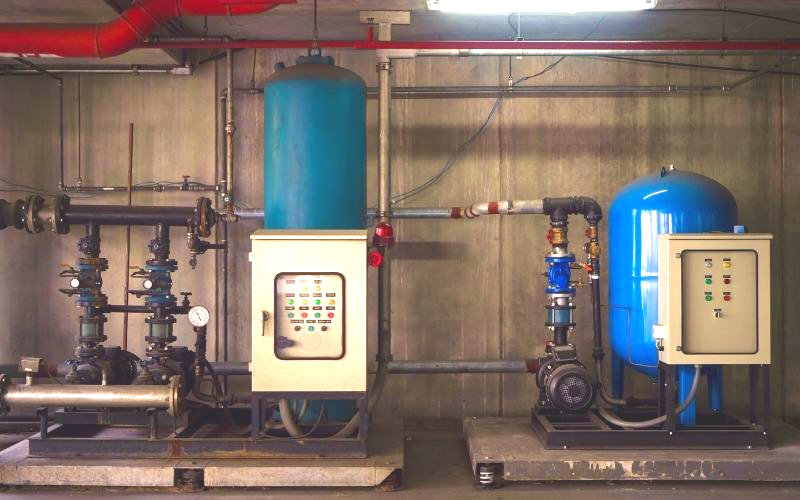Project
Wastewater treatment system for Kovie Vina fishmeal production
Project explanation
Grease separation tank: At the grease separation tank, air will be distributed to the bottom of the tank to push the grease to the surface of the tank and be recovered through the grease tank.
Rotary Drum Separator: Remove the solids present in the wastewater, reducing the pollutant load of the waste source before entering the biological treatment system.
Conditioning tank: Stabilize flow, contaminant concentration, pH. Preliminary ventilation to avoid anaerobic decomposition causing odors.
Pressure flotation tank: Separation of grease mixed in wastewater in two forms of “suspension and suspended sediment” by the DAF pneumatic method to float suspended particles to create surface grease. Surface degreasing by degreaser reduces the contaminant concentration eligible for the biological treatment stage.
Stripping Tower: Removal (N-NH3) by Stripping system achieves processing efficiency at 80 – 90%.
Pre-UASB tank: Regulate the pH level after the denitrification process in the water after the stripping tower, bringing the pH to 7 – 7.5 suitable for anaerobic biological treatment behind the system.
UASB tank: Using anaerobic degrading microorganisms and substrates to create adhesion for microorganisms to work better, ensuring input parameters for the cluster of aerobic biological treatment tanks on the side. after working efficiently and the output water quality is satisfactory.
Anoxic tank + MBBR + Aerobic:
– Alternate use of anaerobic and aerobic processes (slurry circulation) in the system, this allows the best treatment of Nitrogen and Phosphorus in the wastewater.
– The pollutant treatment efficiency is high (98%) and stable, the treatment efficiency does not change when the pollutant load (COD) increases by 20% and the flow changes by 10-15%; Ability to reduce Nitrogen and Phosphorus up to 95% when operating according to specifications; The treated water is supplied through the settling tank.
– The biological treatment process combined with MBBR media is a big step forward in wastewater technology. Metabolism and nitrification take place quickly thanks to the large concentration of microorganisms in the mobile substrate.
Settling tank: Separation of activated sludge, collecting clear water after biological treatment. The amount of sludge generated is partly circulated to Aerobic, excess sludge is brought to the sludge compaction tank.
Coarse filter device: Wastewater is pumped to a pressure filter to remove the suspended residue left in the water during the settling process that cannot be settled through layers of filter materials: sand, gravel.
Disinfection tank: In contact with Chlorine to completely destroy Coliforms and other pathogenic bacteria, the treated water meets environmental standards and is discharged into the receiving source.
Project images
You need a wastewater treatment solution like this one?
Please contact us for a complete and in-depth consultation







